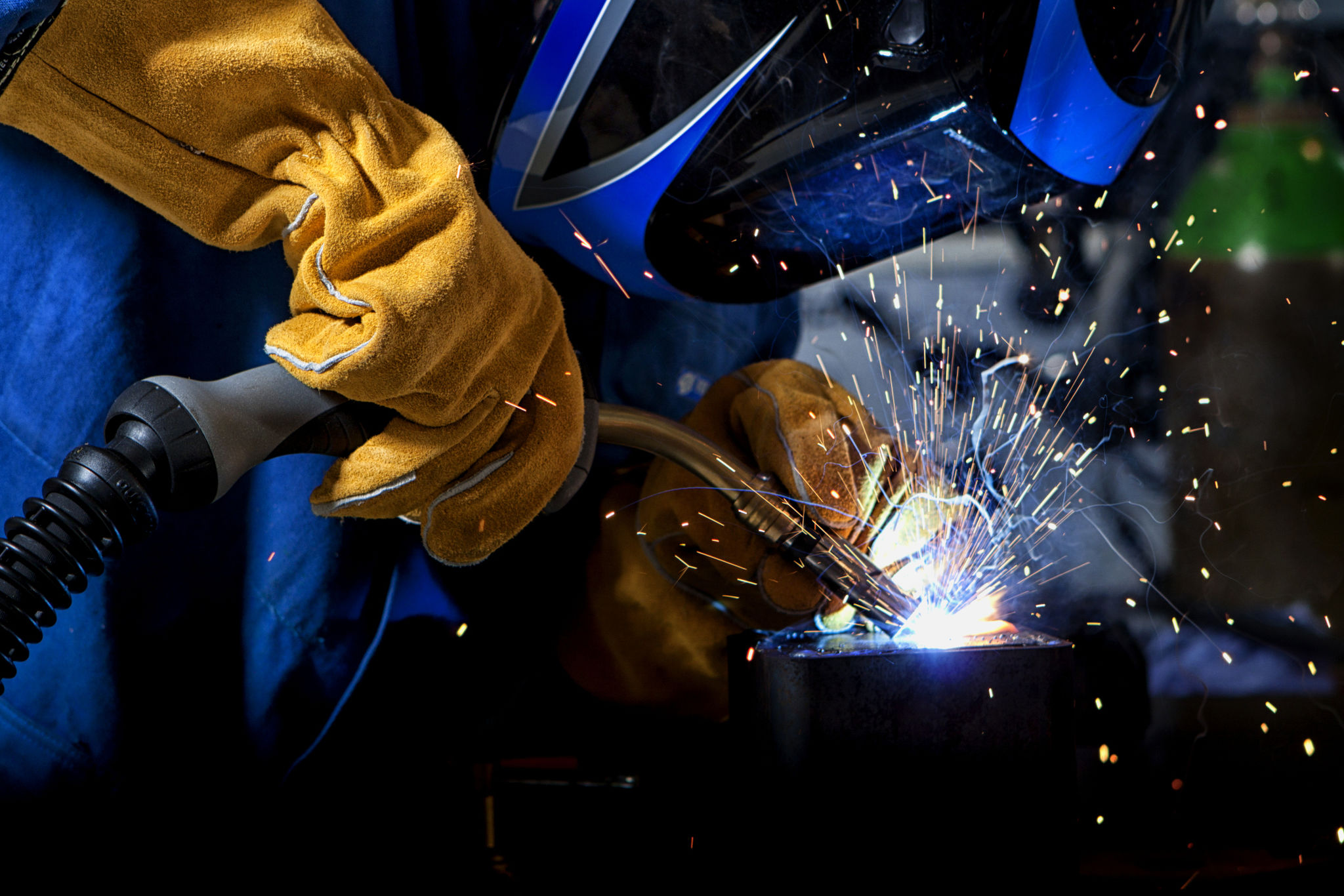How to Choose the Right Welder for Your Project: A Step-by-Step Guide
Understanding the Basics of Welding
When embarking on a project that requires welding, choosing the right welder is crucial for ensuring both the quality and safety of your work. Welding involves joining materials, usually metals, using high heat to melt parts together. The process can be complex, requiring specific skills and tools depending on the task at hand.
Before diving into the selection process, it's essential to understand the basics of welding. There are several types of welding techniques, including MIG (Metal Inert Gas), TIG (Tungsten Inert Gas), and stick welding. Each method has its own advantages and is suitable for different applications.

Define Your Project Requirements
The first step in choosing the right welder is to clearly define your project requirements. Consider the materials you will be working with, such as steel, aluminum, or stainless steel, as different welders are suited for different materials. Additionally, think about the thickness of the material and whether the project is for indoor or outdoor use.
It's also important to consider the scale of the project. For smaller projects, a basic MIG welder might suffice. However, for larger or more intricate tasks, you might need a more advanced TIG welder to achieve the desired precision.
Assess the Skill Level Required
Another critical factor in selecting a welder is assessing the skill level required for your project. If you're a beginner, you may want to opt for a user-friendly MIG welder, which is generally easier to learn and operate. On the other hand, if you have experience with welding or require detailed and precise work, a TIG welder might be the better choice.

Consider if you need additional training or tutorials to handle more complex welding techniques. Many manufacturers offer resources and support to help you get started with their equipment.
Evaluate Equipment Features
When choosing a welder, pay close attention to the equipment features that align with your needs. Look for machines with adjustable settings, such as voltage and amperage controls, which allow you to fine-tune the welder for different materials and thicknesses. Safety features like thermal overload protection and auto-darkening helmets are also essential.
Portability is another consideration. If your projects require moving around frequently, a lightweight and portable welding machine will be advantageous. Conversely, for stationary work, a more robust and heavy-duty welder might be appropriate.

Consider Budget Constraints
Your budget will play a significant role in determining which welder you can purchase. Prices can vary significantly based on brand, features, and capabilities. While it might be tempting to opt for the cheapest option available, investing in a reliable and durable machine can save money in the long run by reducing repair costs and improving project outcomes.
It's wise to compare different models within your budget range and consider customer reviews and ratings to gauge their performance and reliability.
Seek Expert Advice
If you’re still unsure about which welder to choose, don't hesitate to seek expert advice. Consult with experienced welders or visit local suppliers who can provide insights based on their experience. They can offer recommendations tailored to your specific needs and help you make an informed decision.
Many online forums and communities also provide valuable advice and reviews from both professionals and hobbyists alike.
Test Before You Buy
Whenever possible, test the equipment before making a purchase. Many suppliers offer demonstrations or trial periods that allow you to get hands-on experience with the welder. This can be invaluable in understanding how comfortable you feel using it and ensuring it meets your project requirements.

Testing the equipment can also reveal any potential issues that might not be apparent from specifications alone.
Conclusion
Choosing the right welder for your project involves careful consideration of several factors including project requirements, skill level, equipment features, budget constraints, and expert advice. By following this step-by-step guide, you can ensure that you select a welder that meets your needs and helps you achieve high-quality results in your welding projects.
Remember that investing time in research and testing will pay off in the success of your projects and your safety during welding activities.